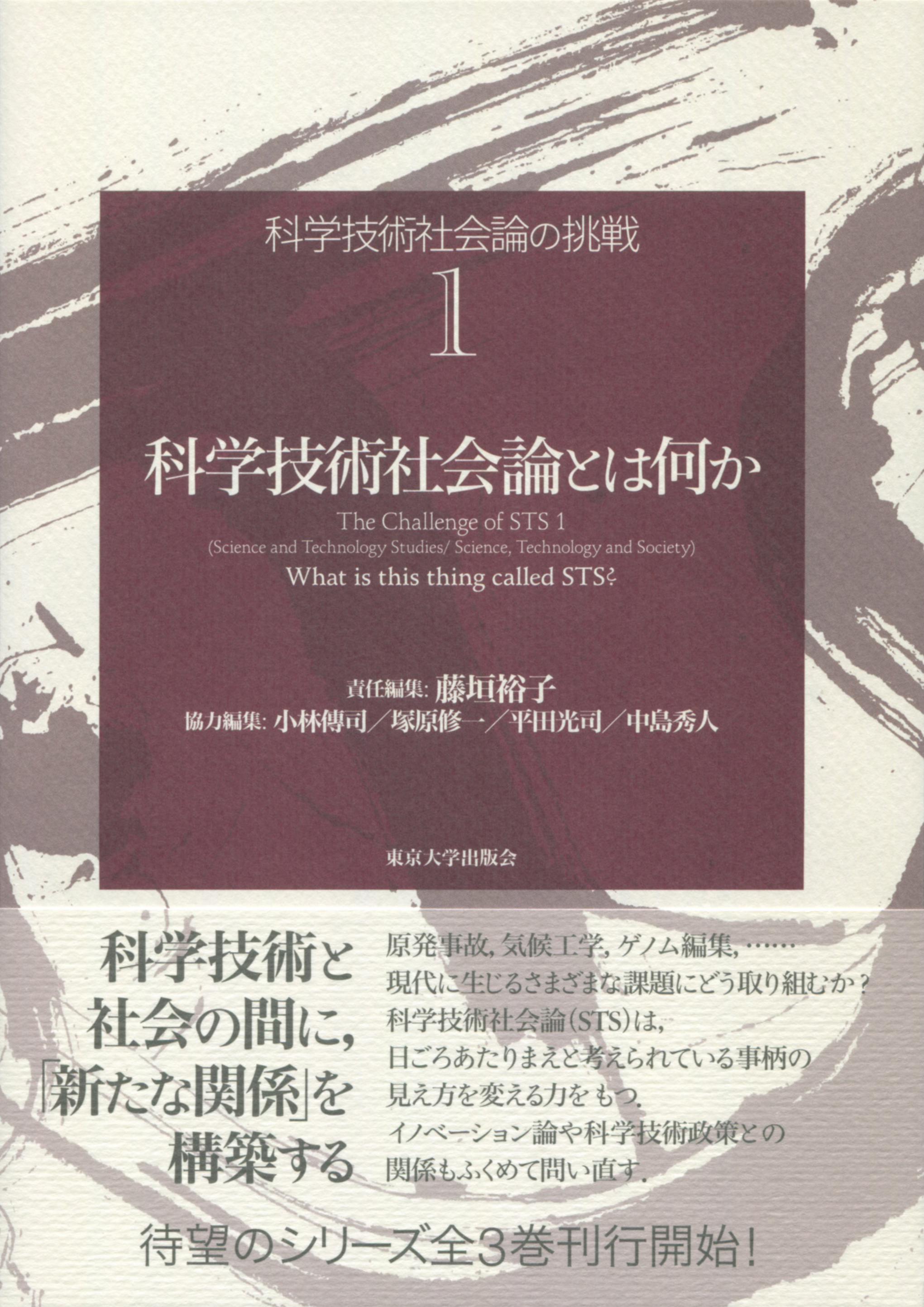
Title
Yosoku ga tsukuru shakai (Forecasting and Society)
Size
312 pages, 127x188mm
Language
Japanese
Released
February 22, 2019
ISBN
978-4-13-056120-4
Published by
University of Tokyo Press
Book Info
See Book Availability at Library
Japanese Page
This book analyzes the various ways in which future related discourses-such as predictions, forecasting, and foresight in natural and social sciences-eventually influence the very construction of our own society. These diverse discourses appear to be neutral, having an aura of scientific precision; however, they are actually only hypothetical depictions of certain future possibilities drawing upon various assumptions and interpretations of a limited amount of data. Notwithstanding their transitional nature, they begin to thrive through certain types of discourse once they are publicly pronounced. These ideas eventually gain their own trajectories, irrespective of the initial intention of the provider of such statements.
There are multiple mechanisms behind this phenomenon, such as the dynamics of speech-act in pragmatics or that of the self-fulfillment of predictions. For instance, there has been much academic attention regarding the pivotal role of the dynamism of expectation in the case of technological forecasting. Emerging technology at its early stage holds much uncertainty for the future, such that the support of possible stakeholders of whatever kind is imperative for promoting its further development. The discourse of expectation plays the role of depicting its bright potential for raising the enthusiasm of society for the future of technology. This type of discourse is often accompanied by emotional dynamism-the form of hype that has been observable in various cases, from genomic medicine to nano-tech to the recent explosion of interest in the future of AI. However, researchers have pointed out that such dynamism of expectation may take a downward turn when the expected goal cannot be attained due to various reasons, to the shared disappointment and loss of public interest. Hence, the proper management of such dynamism of future discourse is as important as managing the very development of technology itself (see chapter one for a more detailed analysis on the topic). In other cases, policy makers who make use of such forecasting tools may realize their political aspects, which may work more positively to canalize public orientation. The polemics of the role of a statistical analysis of the economy in post-war Japan is a testbed for the policy makers of the period to gradually comprehend the speech-act aspect of such seemingly neutral statistical analyses and reorient them for use as a political tool to stimulate the economy (see chapter 9).
The scope of the chapters in the book include diverse cases such as the use of simulation, the polemics of the meaning of prediction and forecasting in seismology, the paradoxical use of safety discourses in disaster prevention, and so forth. As a whole, these underscore the importance of a certain level of public literacy for future related discourses for us to be free from being overly governed by such apparently scientific and neutral discourses that, in fact, are only a part of the possible futures that we make.
(Written by FUKUSHIMA Masato, Professor, Graduate School of Arts and Sciences / 2019)
Table of Contents
I: Talking about the future: Sociology of expectation.
Chapter 2. Tomiko Yamaguchi, Innovation lead by the future discourse: The expectation of cutting edge biotechnology.
Chapter 3. The legal system that creates the future: expectation and disappointment with DNA testing.
Chapter 4. Katsuya Yamori, The uncanny behavior of prediction in disaster prevention.
II The ecology of the future: The dynamics of prediction models.
Chapter 5. Aiko Hibino, The ecology of models in contagious disease simulations.
Chapter 6. Takashi Hashimoto, The complexity created by discourse and forecasting.
Chapter 7. Mai Suzuki, Kazuki Koketsu, The problem of forecasting based upon the data in the past: On probabilistic seismic hazard map.
III Creating the future: Forecasting models and policy making.
Chapter 8. Hisami Okuwada, Overview of the forecasting models for policy
Chapter 9. Michio Murakami, Prediction model for regulatory science.
Chapter 10. Joonwoo Son, The hybrid of forecasting and policy: Forecasting models and investment management in economic planning in Japan.
Conclusion: The crossroads where future discourses intersect with speech-act.
Related Info
An essay related to the content of the book, “A Future Far Away: Forecasting and Society,”
can be accessed from the following URL:
https://www.academia.edu/40025044/A_Future_Far_Away_Forecasting_and_Society



 Find a book
Find a book









